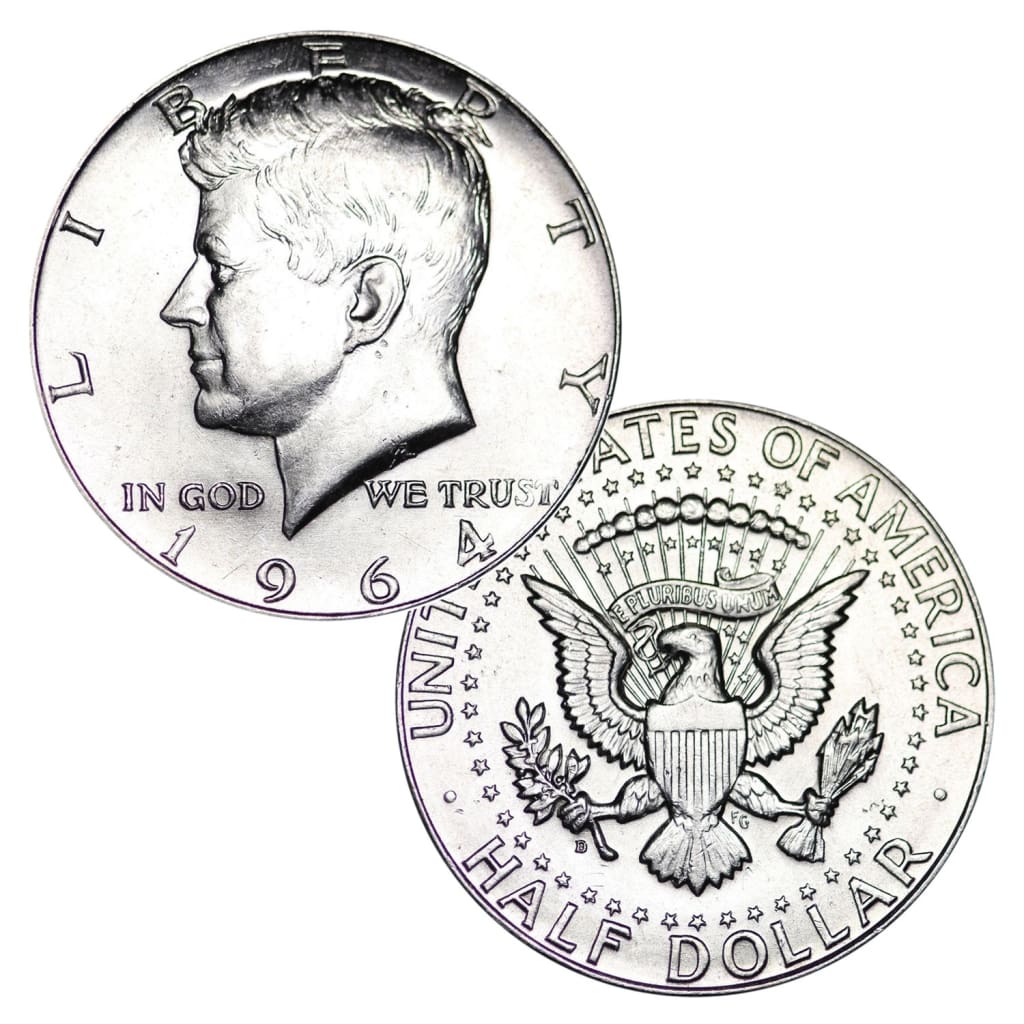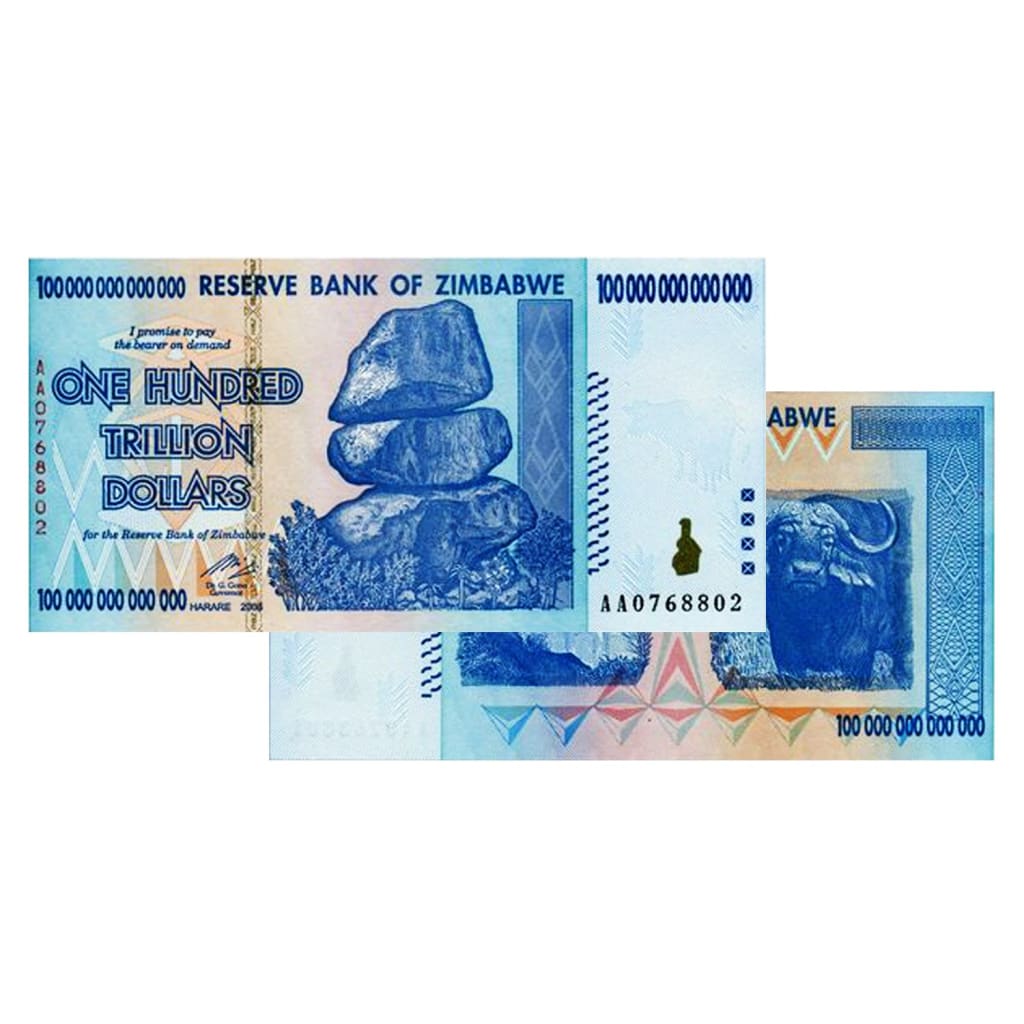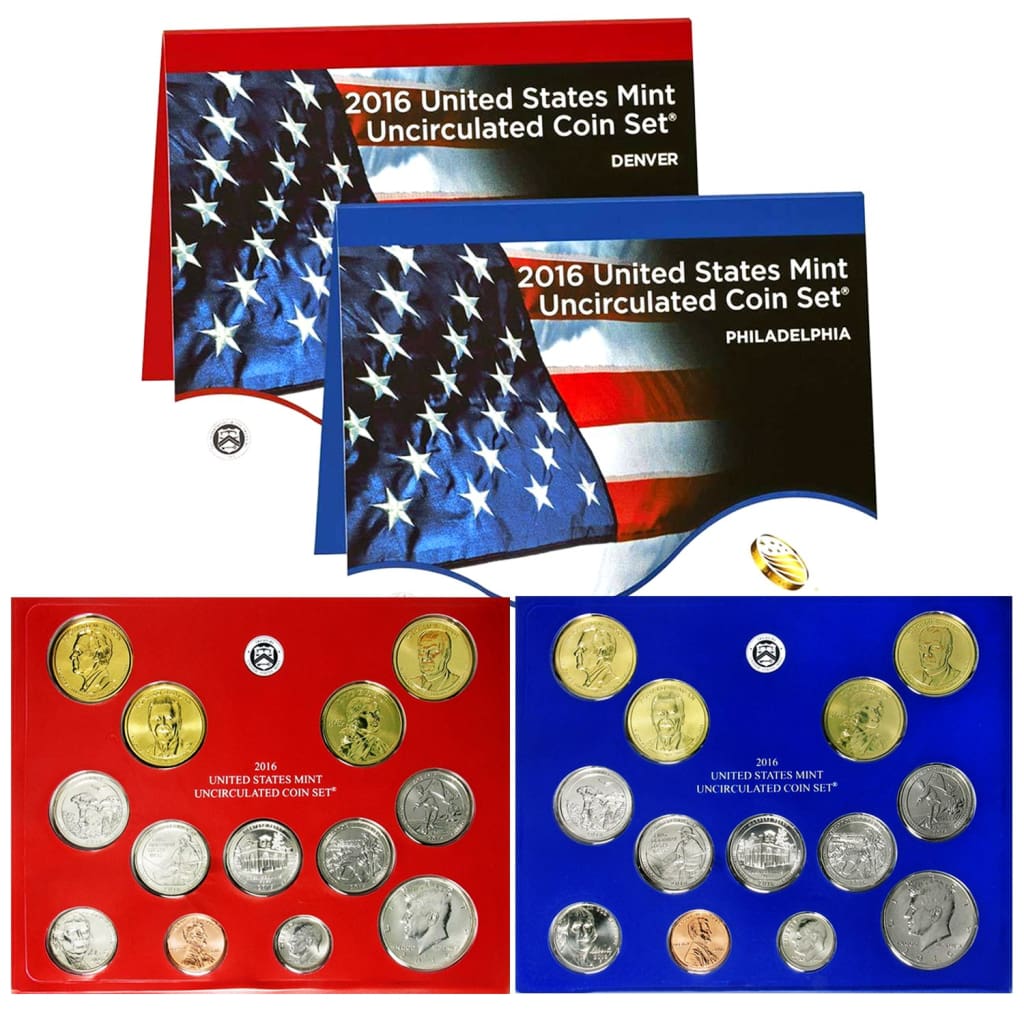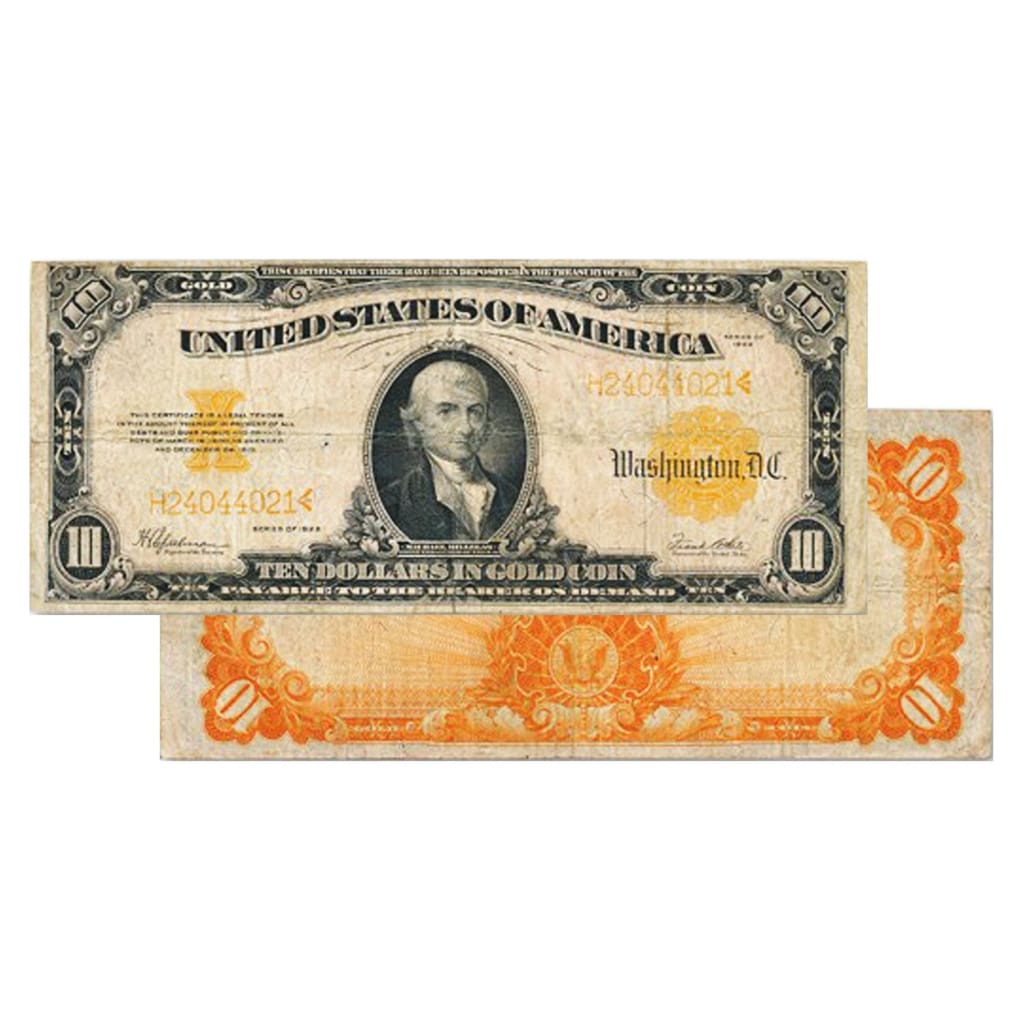If there’s such a thing as a beauty pageant for coins, then one of them is held in a back room of an office in Sarasota, Florida. That’s where the coin graders of the Numismatic Guaranty Corporation (NGC) ogle coins of various grades to decide if they have “exceptional eye appeal.”
If the “judges” all agree that the coin’s a beauty, they make it a star. Or more accurately, they give it a Star Rating.
Quality Standards for Star Ratings
To be considered for a Star Rating, a coin must first meet certain quality standards. It must have a full vibrant luster and be free of any distracting irregularities, spots or blemishes. Coins submitted for stardom can be either “white” (untoned) or toned. Toned coins face even more hurdles. The toning must be considered attractive, with good contrast if there is more than one tone present. It also must have full luster unimpeded by the toning. And while the toning can be single or multicolored, it can’t have any areas that are dark brown approaching black.
NGC admits that these evaluations can be subjective, but they try to maintain the highest standards in the process. If any one of the quality-control graders objects to a Star designation, it’s over. That’s why fewer than 1% of the coins graded by NGC get a Star rating.
Certain groups of coins submitted to NGC for grading are automatically evaluated for Star-power at no extra cost, and the grade designation is not as important as how the coin looks compared to others in its grade. Previously graded coins can be resubmitted for star designation at a fee of $10 per coin and must be submitted under NGC’s Designation Review service.
Coins Eligible for Star Rating Consideration
The following coin types are currently eligible for Star consideration, but others may be added in the future:
- Jefferson Nickels, mint state
- Roosevelt Dimes, mint state
- Washington Quarters, mint state
- Statehood Quarters, mint state
- Franklin Halves, mint state & proof
- Kennedy Halves, mint state
- Morgan Dollars, mint state
- Peace Dollars, mint state
- Eisenhower Dollars, mint state
- Anthony Dollars, mint state
- Sacagawea Dollars, mint state
- All U.S. proof coins from 1936-1978
- Silver Commemoratives 1892-1954
Star Rating vs. Coin Grade for Value
Does a Star Rating increase the value of a coin? Probably. While the actual grade of the coin is the primary determinant of its value, the Star Rating adds panache, setting it apart from other coins of the same grade. At the minimum, it makes it easier to sell, and in a competitive sale, it will likely command a higher price than a coin without it. The best thing is to check catalogs for actual sale prices to see how much of a premium Star-rated coins command.
For more information about Star Rating and the NGC, visit their website at www.ngccoin.com.





